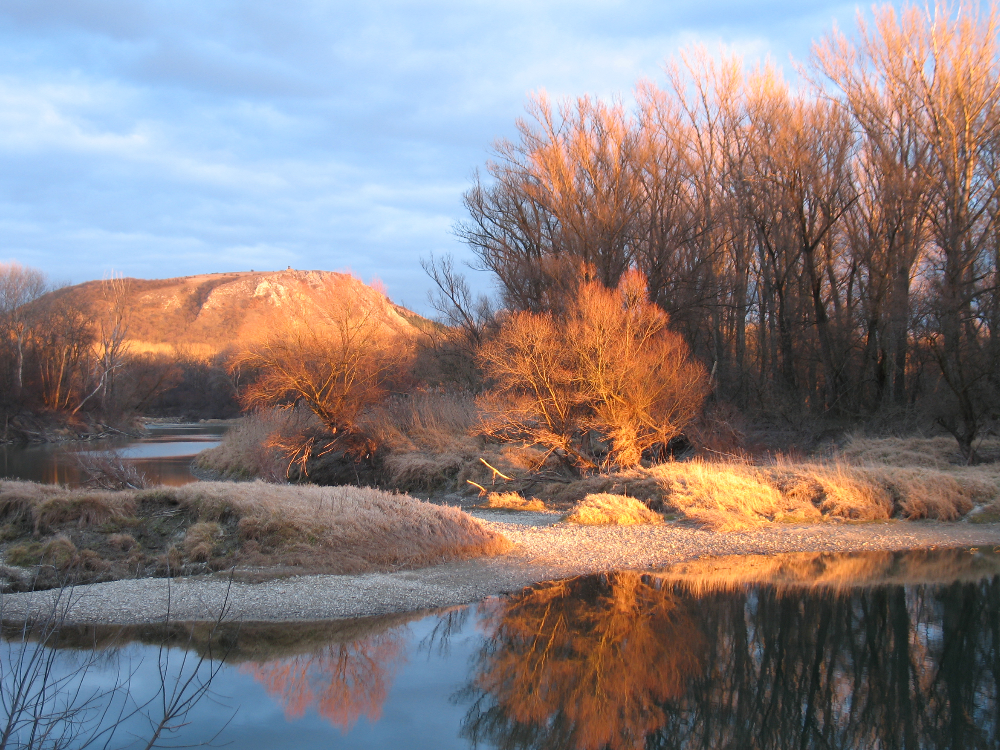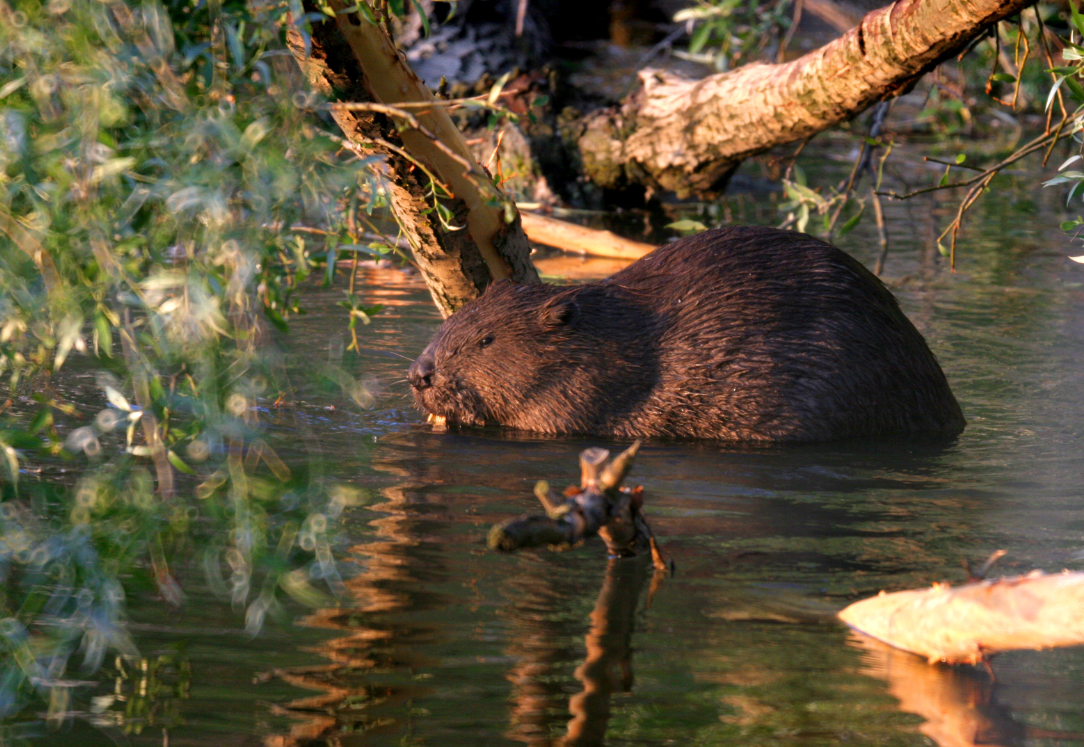Background
During a time of increased political friction in Europe, the Danube-Auen National Park is proof that nature supersedes artificial boundaries. The wetlands are a tranquil testament of how neighbouring countries can indeed work together successfully to achieve a common goal. Labelled the ‘queen of Europe’s rivers’ by Napoleon, the Danube passes through 10 countries from source to mouth, with its basin spanning the territories of 19 nations. As a result, it is considered the most international basin in the world – and it is from the banks of this river that the Donau-Auen National Park is formed.
Although the majority of the national park is contained within the region of Vienna, several other communities in Lower Austria also have a vested interest in the park, including Groß-Enzersdorf, Orth an der Donau, Eckartsau and Hainburg. The development of the wetland is linked to flooding of the Danube, which occurred frequently until the river was ‘trained’ in the late 19th century. Later agricultural advances and wood management in the 20th century further reduced the natural flood plains, while this century has seen Austria erect several river power plants. Despite previous conservation provisions such as the Danube-March-Thaya wetlands and the Lower Lobau being designated wetlands of international importance under the Ramsar Convention (1983), there followed in the mid-80s a proposal to build a power plant on the banks at Hainburg. This plant could have destroyed local forestry, yet despite evident public resistance the ruling party at the time – the Social Democrats – gave orders to commence its construction.
However, the government had underestimated the environmental awareness and commitment of its citizens. Thousands of people from a cross-section of society, including academics and politicians, ‘occupied’ the forest areas and organised mass demonstrations. The large-scale public protest initiated a declaration of 353,906 signatures and a ruling at the Austrian Supreme Court which halted any further clearing of the forest sites. This environmentally-charged action heralded further political movement – most notably the creation of the Green Party of Austria and the signing of a treaty in 1996 between the Federal Republic of Austria and its provinces Vienna and Lower Austria for the foundation of the Donau-Auen National Park.
Size and location
The part of the Danube which comprises the national park is 38 kilometres in length yet measures only four kilometres at its widest point, and the wetlands are found directly on its banks. The site constitutes an area of approximately 9,300 hectares and is classified as a category II national park, as established by the IUCN in 1996.
Flora and Fauna
The Donau-Auen National Park is home to an enormous variety of animals and plants, many of which are endangered. Indeed, the interplay of ecosystems which can be found in the area support more than 1,000 different species, from red deer (Cervus elaphus) to fire-bellied toads (Bombina bombina).
The reserve is referred to as a green-lung, serving as a climatic regulator for the region due to the substantial quantity of trees, shrubs and vines. The assortment of flora in the park includes the Cornelian Cherry shrub (Cornus mas), Traveller’s Joy (Clematis vitalba) and the White Polar (Populus alba), which is a characteristic and frequent sight in the Danube wetlands. The Donau-Auen is also home to over 30 species of mammals, such as the wild boar (Sus scrofa), the European ground squirrel (Spermophilus citellus) and that master builder of river landscapes, the Eurasian beaver (Castor fiber).
Over 100 species of birds also populate the area, in particular the largest European owl, the Eurasian eagle owl (Bubo bubo), and the white-tailed eagle (Haliaeetus albicilla) which has its own conservation action plan along the Danube river (2012). Other animals resident in the Donau-Auen National Park include turtles, many species of snakes and fish, and a litany of insects, which all contribute to making this reserve a thriving and diverse ecosystem.
Challenges and threats
Since the official formation of the Donau-Auen National Park in 1996, measures have been taken to make the park more ‘natural’ again – and reverse the detrimental impact of previous human interference. The training methods installed over two centuries ago accelerated the flow of the river; simultaneously causing the riverbed to become deeper while stopping the off-shoots from flooding occasionally. Systems are now in place to connect ‘dead’ areas of the Danube with the main course, returning the wetland to a more natural state. Despite the park being a popular visitor location, especially for recreational activities such as boat trips, horseback riding and cycling, it is now carefully managed and divided into zones to reduce any additional damage. Only the ‘Outer Zones’ allow tourists, while the highly protected ‘Nature Zones’ restrict any commercial use and do not permit any interference with nature or the landscape.
'Little Sydney'
Further visitors will descend upon the park this spring, when the reserve hosts the Little Sydney: Protecting Nature in Europe Conference, running from 28–31 May. The conference will build upon the IUCN World Parks Conference 2014 (WPC) which was held in Sydney, and aims to discuss and implement original approaches for conservation and development. Objectives of this event include finding long-term sustainable solutions for protected areas of Europe as well as outlining principles for a socially and environmentally responsible society based on an effective network of these sites.
Tide
Like the changing tide of political powers, the Danube’s dramatic rise and fall of water levels – sometimes up to seven metres – constantly alters the country’s landscape. Donau-Auen is an inspiring place not only for its breathtaking topography, its commitment to conservation and its popular recreational activities, but also because it serves as a reminder of solidarity, both geographically and culturally.






